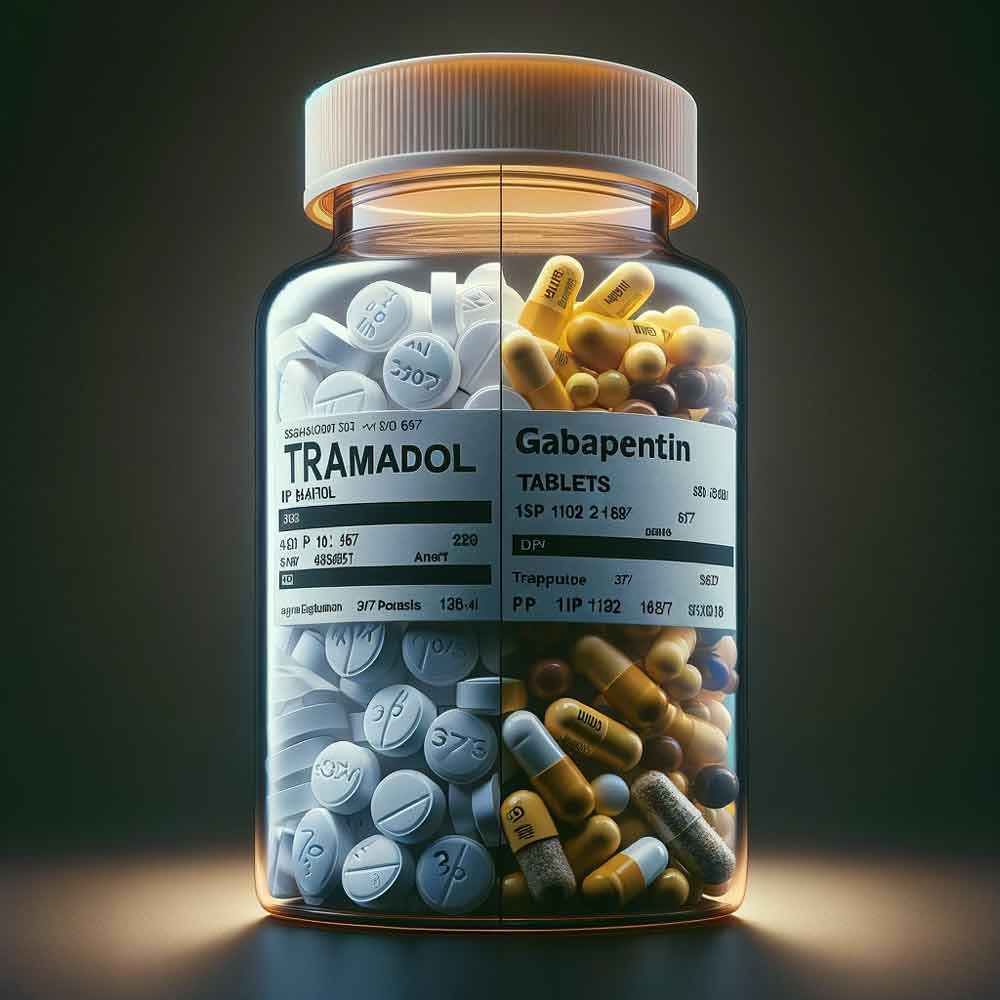Can You Take Tramadol and Gabapentin Together?
Mixing tramadol with gabapentin without medical oversight can lead to serious side effects. These include respiratory depression, increased sedation, and a greater chance of drug interactions. Studies, such as one published in the Journal of Clinical Pain, reveal that patients combining these drugs are 40% more likely to experience severe complications.
“According to the National Institute on Drug Abuse (NIDA), combining opioids with other central nervous system depressants—such as gabapentin—can significantly increase the risk of respiratory depression and enhanced sedation, particularly in older adults and those with underlying respiratory conditions.”
Which is Stronger: Tramadol or Gabapentin?
Tramadol, an opioid analgesic, is generally considered stronger for acute pain, while gabapentin, an anticonvulsant, excels in treating chronic neuropathic pain. Their effectiveness depends on the pain type and individual patient needs.
“The National Institutes of Health (NIH) indicates that tramadol is often used for rapid relief of nociceptive pain, whereas gabapentin is more commonly employed for sustained management of neuropathic pain.”
Tramadol vs Gabapentin: Key Differences
| Criteria | Tramadol | Gabapentin |
|---|---|---|
| Drug Category | Opioid Analgesic | Anticonvulsant |
| Primary Use | Moderate to Severe Pain | Neuropathic Pain, Seizures |
| Addiction Potential | High | Moderate |
| Withdrawal Severity | Severe | Moderate |
| Onset of Action | 30–60 minutes | 1–3 hours |
Misuse and Risks of Addiction
Both tramadol and gabapentin carry risks of misuse and addiction. Tramadol’s opioid properties make it prone to abuse, while gabapentin misuse often stems from its ability to enhance the effects of other drugs. Combining these medications can quickly lead to tolerance, dependence, and a higher risk of overdose.
“The American Psychiatric Association (APA) has highlighted that the growing misuse of medications such as gabapentin and tramadol is a significant concern, particularly in regions where regulatory oversight is limited.
Safe Usage Guidelines
Adhering to medical guidelines is essential for minimizing risks. For tramadol, the recommended dose is 25–50 mg every 4–6 hours, with a maximum of 400 mg per day. Gabapentin doses typically start at 300 mg daily, gradually increasing to 900–1800 mg based on individual needs. Combining these medications should only occur under direct medical supervision.
Conclusion: Are Tramadol and Gabapentin Dangerous to Mix?
Tramadol and gabapentin can be effective for managing certain conditions, but they carry serious risks when misused or taken together. Gabapentin alone may sometimes lead to mental health issues. When combined with tramadol, the risks increase significantly, including respiratory depression, addiction, and overdose, especially when abused.
If you or a loved one is struggling with tramadol or gabapentin misuse, contact Still Detox at (561) 556-2677.
Our team provides expert support and comprehensive treatment plans tailored to your needs.








